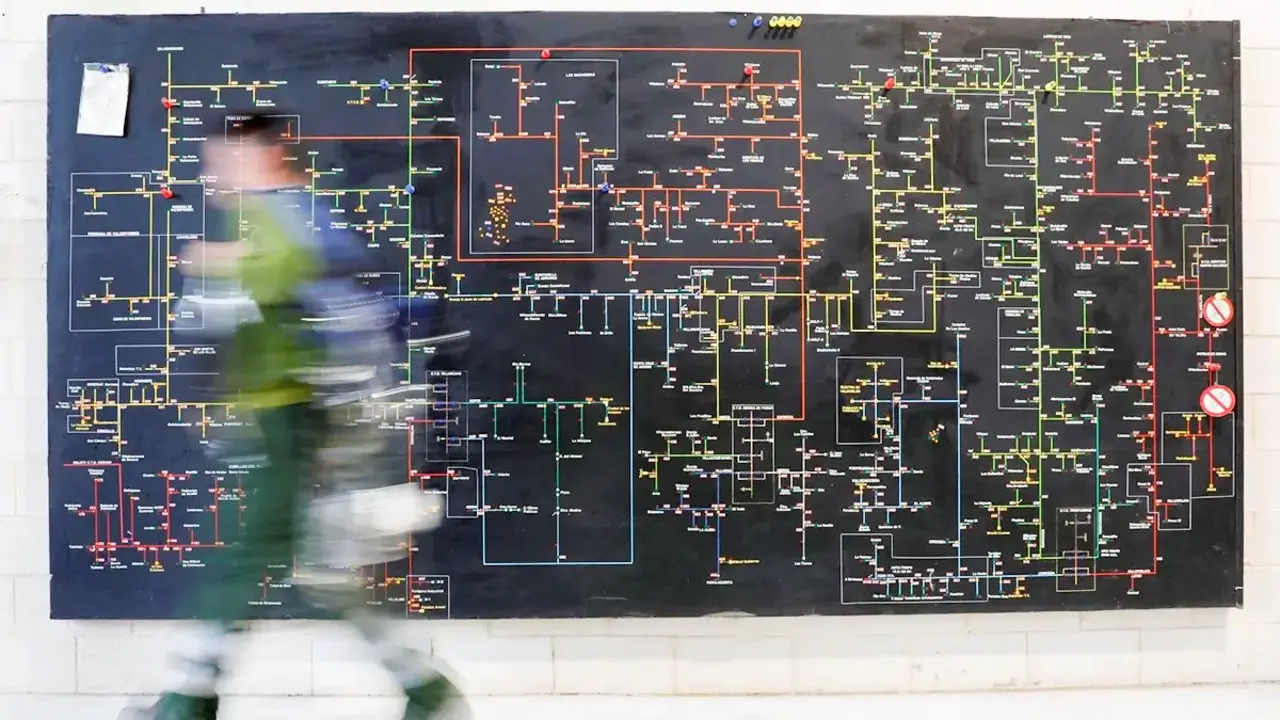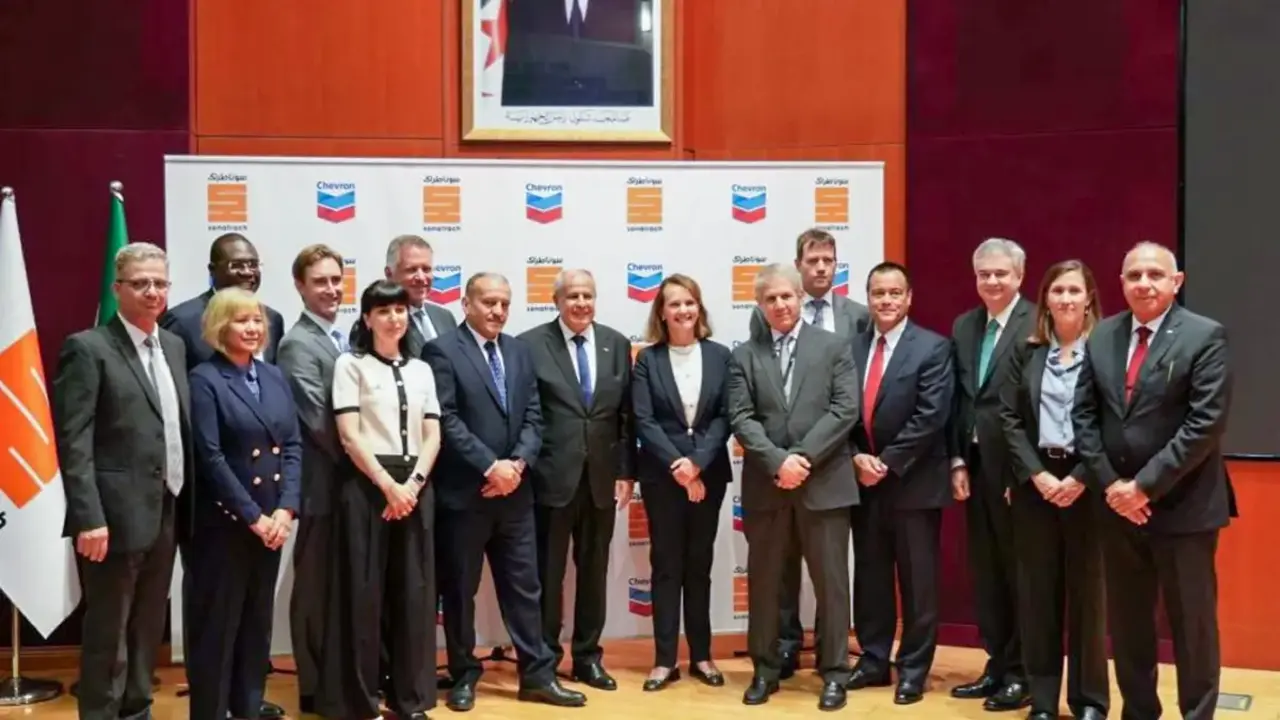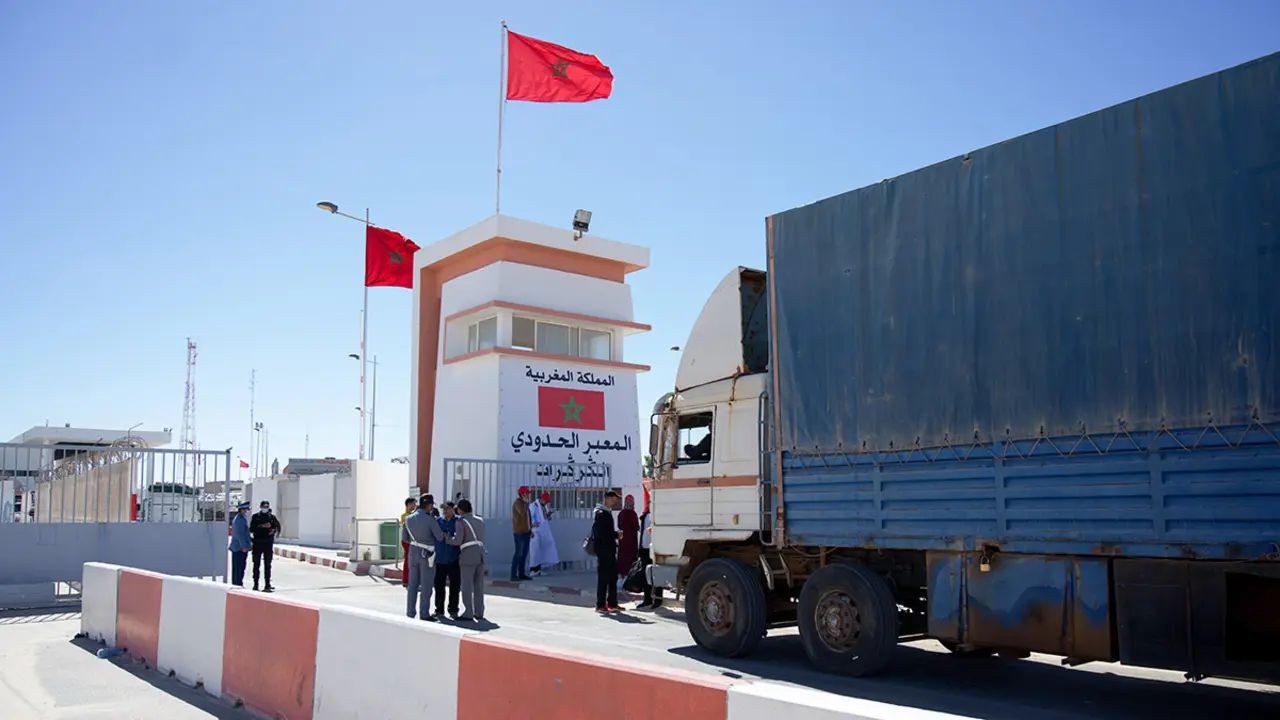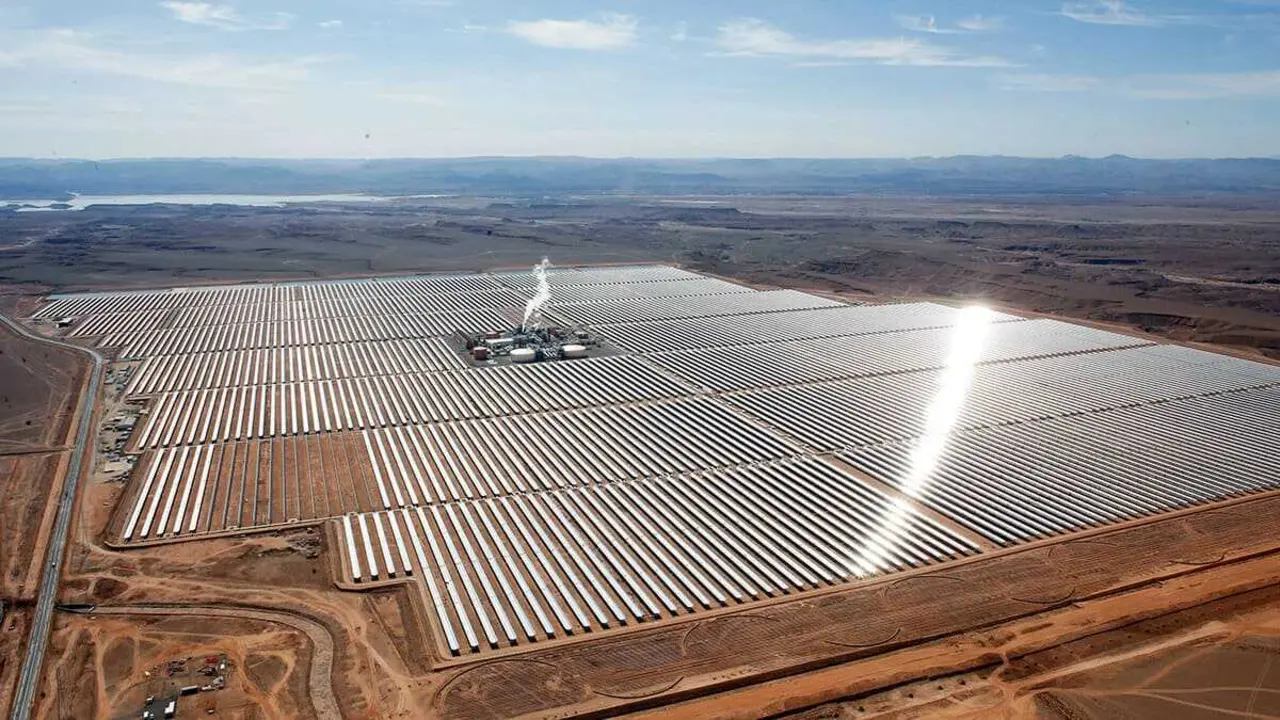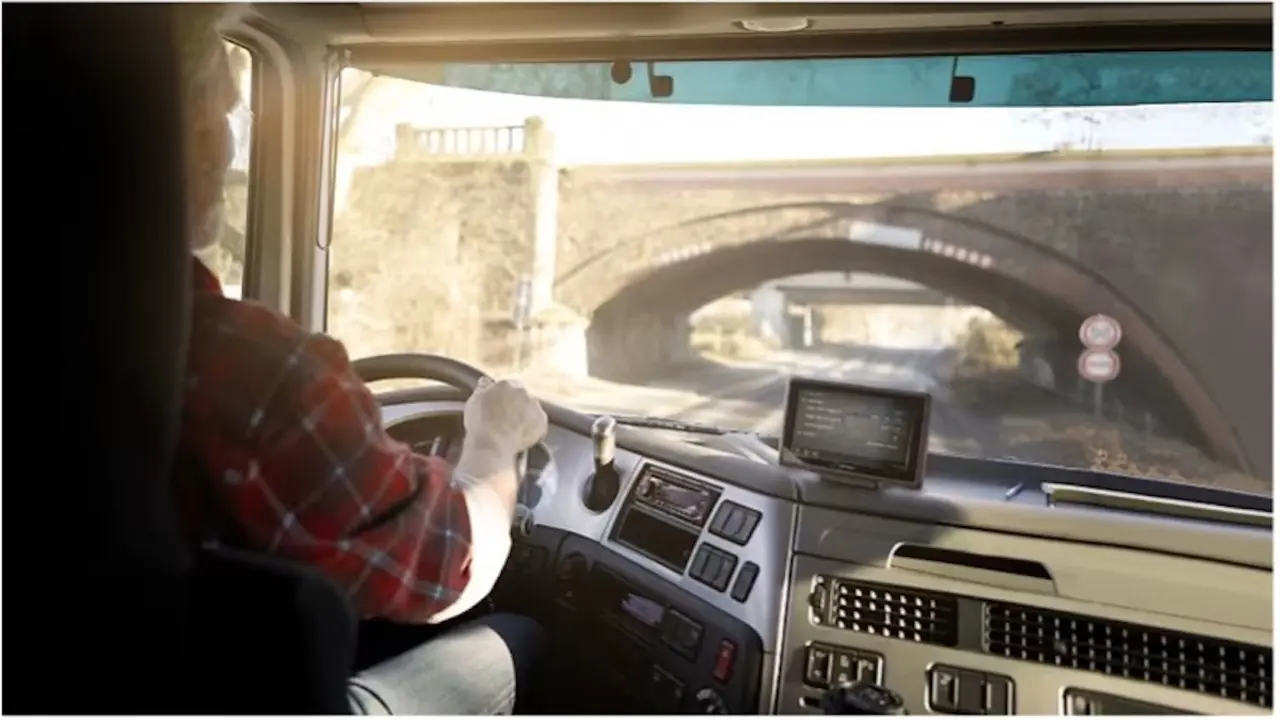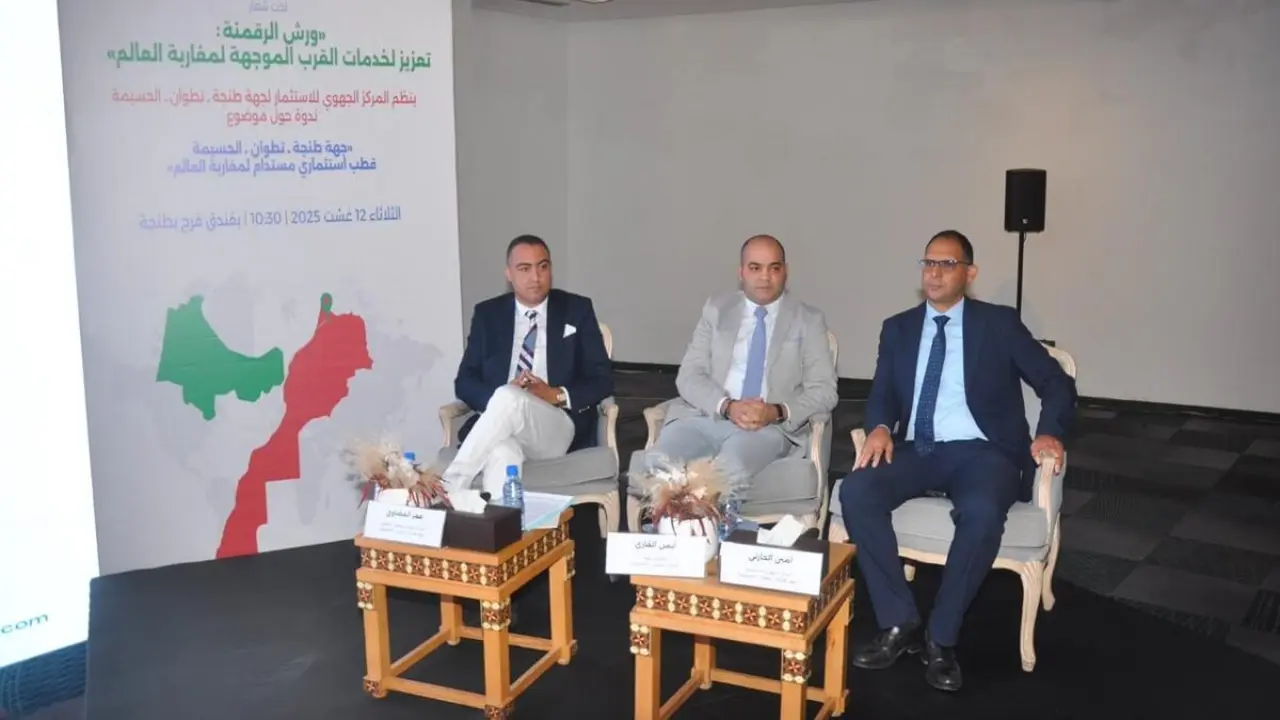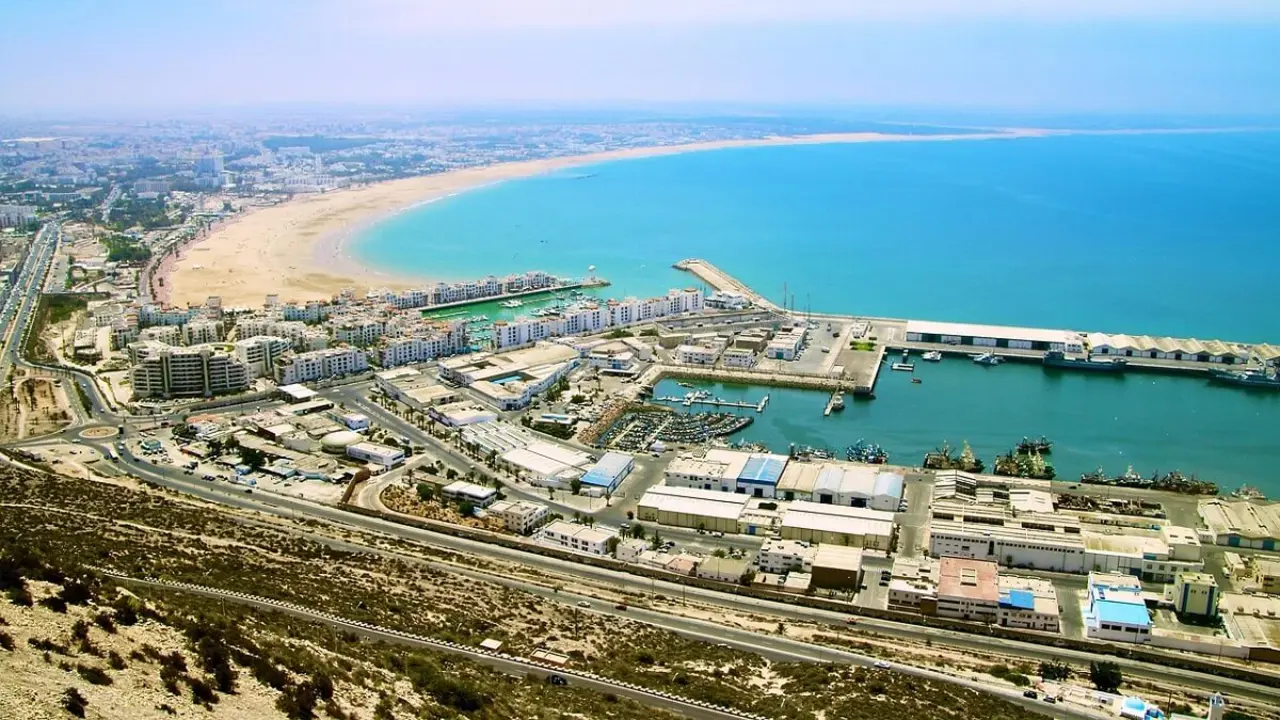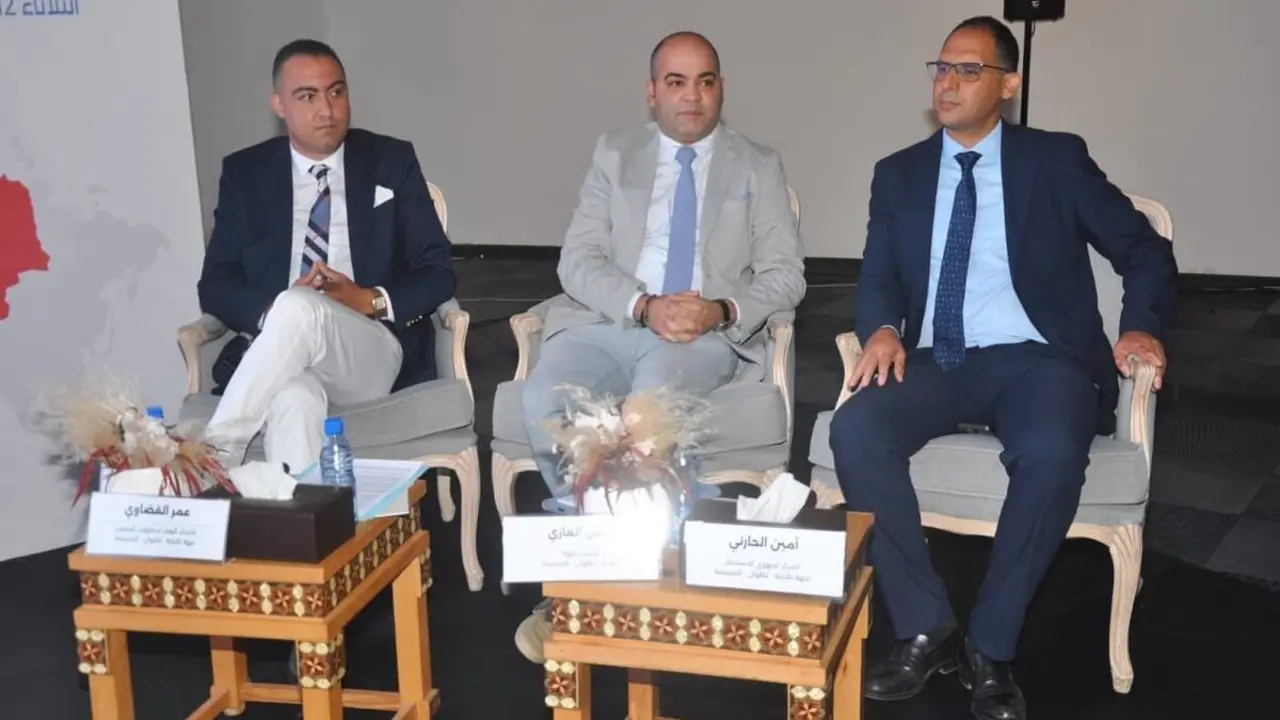The Government of Morocco will double the area allocated to the automotive industry in the free zone of Tangier
Tanger Automotive City will increase from 517 to 1,185 hectares to adapt to the increased demand for space by international companies.

The port of Tangier Med has invigorated the economy of the northern region of Morocco and, by extension, the whole country. Part of its success is due to the model of surrounding the port with neighbouring installations intended for the establishment of industries requiring adequate infrastructures for the export of their products.
Thus, with the Free Zone and the Tanger Automotive City, Morocco has succeeded in attracting numerous international companies to Tangier and in becoming a power in sectors such as the automotive industry.
Expansion of the Tanger Automotive City
Aware of the importance of this sector for the country's economy, the Government of Morocco has just approved, at the meeting of the Council of Ministers last Thursday, September 12, a decree to double the area of the Tanger Automotive City.
The project was presented by Mohcine Jazouli, Minister Delegate for Investment, Convergence and Evaluation of Public Policies, on behalf of Ryad Mezzour, Minister of Industry and Trade.

The new decree (no. 2.24.657), which amends the one that established the free zone on 20 April 2011, provides for the extension of the Cité de l'Automobile from its current 517 hectares to 1,185 hectares, to accommodate the growing number of foreign companies interested in setting up in this commercial zone near the port of Tangier Med.
As Mustapha Baitas, Government Spokesman and Minister of Relations with Parliament, explained at the press conference following the Council meeting, this expansion is essential to support the growing industrial development of the area and to attract more multinationals to Tangier, with the aim of consolidating this region as the nerve centre of the automotive sector on the African continent.
Free Zone
Tanger Automotive City has been key to the positioning of Morocco as a key player in the automotive manufacturing sector, which has enabled the economic development of the region and the country, and has boosted export figures.
Since its creation, Tanger Automotive City has been home to numerous operators, from equipment manufacturers and logistics operators to subcontractors and other service providers.
Located next to the Renault Group plant, it has been a catalyst for the growth of the automotive industry in northern Morocco since its creation. Today, it is home to more than 150 companies in the sector and has so far enabled the creation of more than 20,000 jobs.

The Tanger Free Zone in which this Automotive City is located began operating in 1999 and has grown exponentially over the past decades, reaching 440 hectares for different industries.
It combines a privileged geographical location, in the heart of the largest metropolitan area in the region, with a tailor-made business model (multiple rental and purchase options) and a wide range of services.
It is home to more than 400 companies, including world leaders in the automotive, aeronautics, electronics, textile, logistics and tertiary services sectors, and has led to the creation of more than 45,000 jobs.
Tangier Med
The Tangier Free Zone and the Tanger Automotive City would not be understood without the infrastructure that has truly revolutionised the Moroccan economy over the last few decades: the port of Tangier Med.
Situated in a key strategic location, on the Strait of Gibraltar and just 14 kilometres from the Spanish coast, the port has become a key infrastructure for companies established on the African continent that want to export to Europe, and for European companies that want to export to Africa, becoming the gateway between the two continents.

Tangier Med, which is already the leading port in the Mediterranean and the African continent, is made up of Tanger Med Port 1, which has two container terminals, a railway terminal, a hydrocarbon terminal, a goods terminal and a vehicle terminal; Tanger Med Port 2, with two container terminals; the Passenger and Goods Terminal; and the Tanger Med Port Center, a business area with more than 29,000 square meters.
The port's activity figures for 2023 were spectacular: more than 8.6 million containers, representing 95% of its nominal capacity; 578,446 vehicles exported to 24 countries on several continents (341,758 from Renault and the rest from Stellantis); 477,993 trucks; and 1.6 million passengers during the Marhaba-Strait Passage Operation.
These results have led the authorities to consider a new expansion of the facilities, which are reaching the limit of their capacity ahead of schedule.

